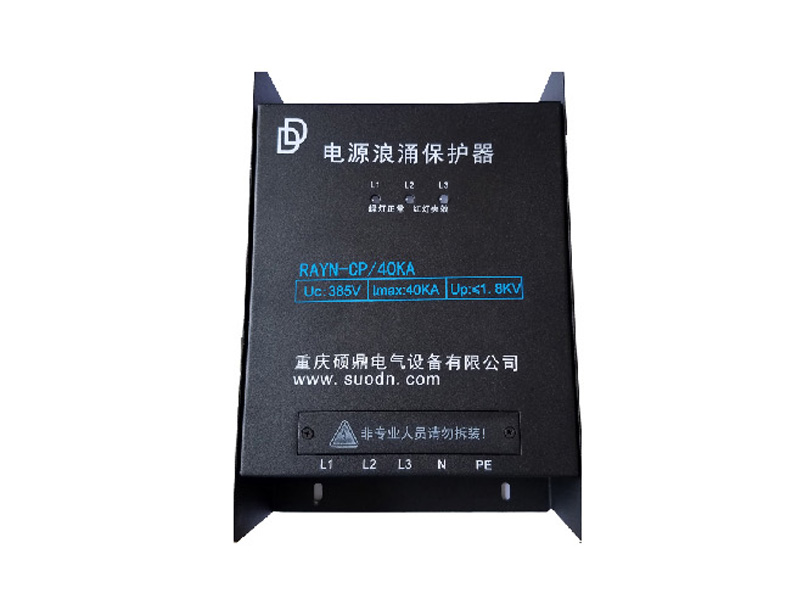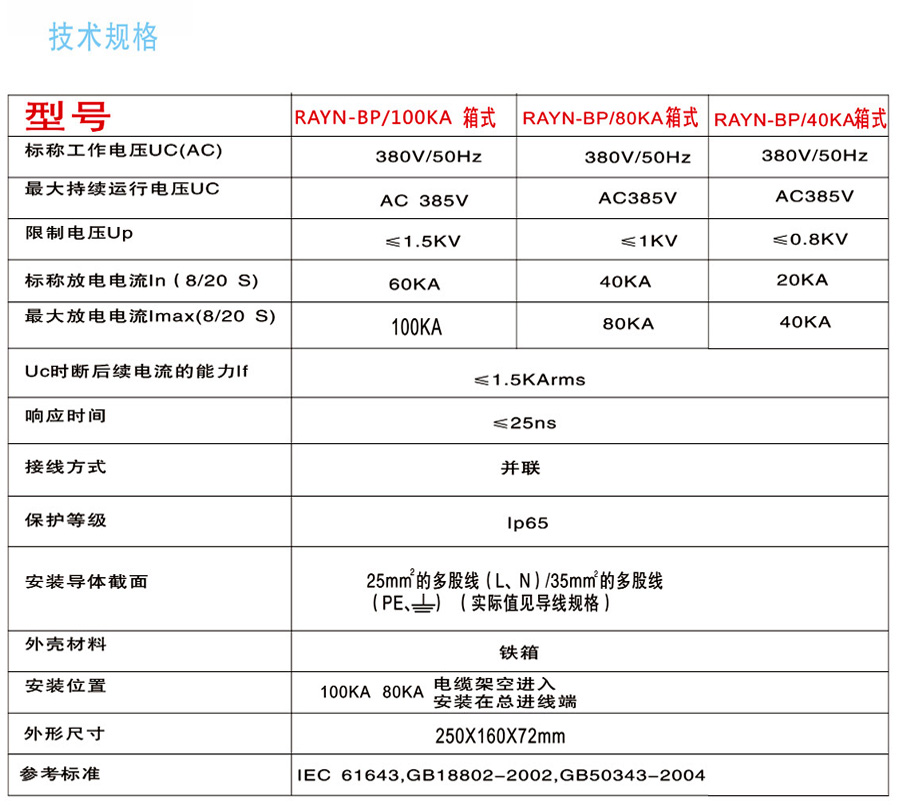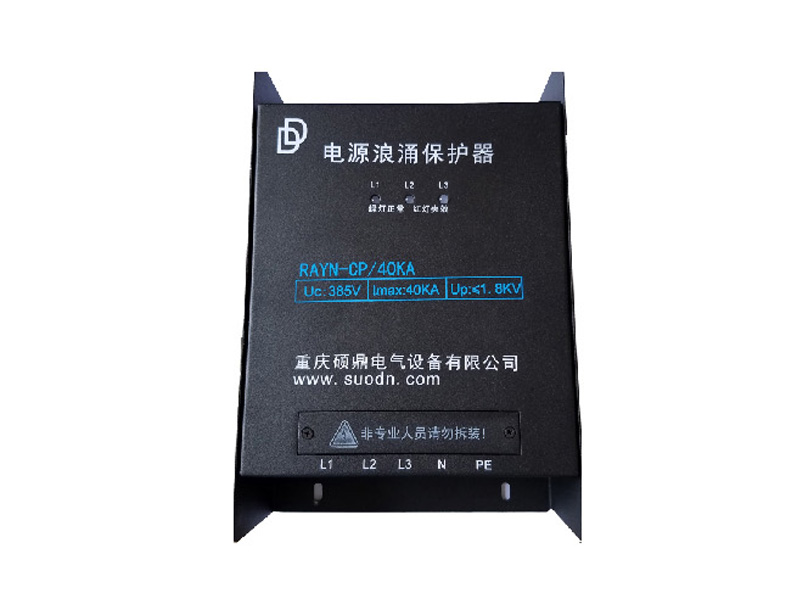Product Description
This series of products is suitable for lightning and surge protection of power lines from LPZ0A area to LPZ2 area (B, C, D level/I, II, III level) in lightning protection zone.
·Advanced LTR energy control technology enables zero distance installation of levels 1, II, and III, saving space and eliminating the need for decoupling inductors.
·Closed spark gap, no arc leakage.
·High energy lightning discharge gap, strong discharge capacity, capable of withstanding ultra large lightning current shocks.
·Low residual voltage output (UP ≤ 1.5KV, at In), fast response time (≤ 25ns).
·Easy to install, connected using a busbar, suitable for various power supply systems.
·The iron box shell has a protection level of IP65
·Install an overheat failure release device, which can automatically disconnect the lightning arrester from the power grid when it fails due to overheating or breakdown, and has a failure indication function.
·Additional alarm remote signaling, sound and light alarm, and lightning strike counter are available.
Product installation location and application
·The combination box series is applied at the junction of LPZOA area and LPZ2 area, usually installed at the main distribution cabinet of the power incoming line.
·Most suitable for mobile, telecommunications base stations, industrial and mining enterprises, equipping busbar protection for total power supply, suitable for TN-S, TN-C-S, TT, IT and other power supply systems.
·The built-in backup fuse REP-FB-1 serves as a backup safety device for the protector, preventing the failure of the protector from affecting the normal operation of the power grid
·Protectors are suitable for indoor installation, and waterproof measures should be added outdoors.
·All wiring must ensure firm and reliable electrical connections, and lightning protection grounding should meet the requirements of lightning protection regulations (grounding resistance is recommended not to exceed 10 Ω), and the grounding wire should be as short and straight as possible. The wire diameter specifications can be found in the wire specification table.




